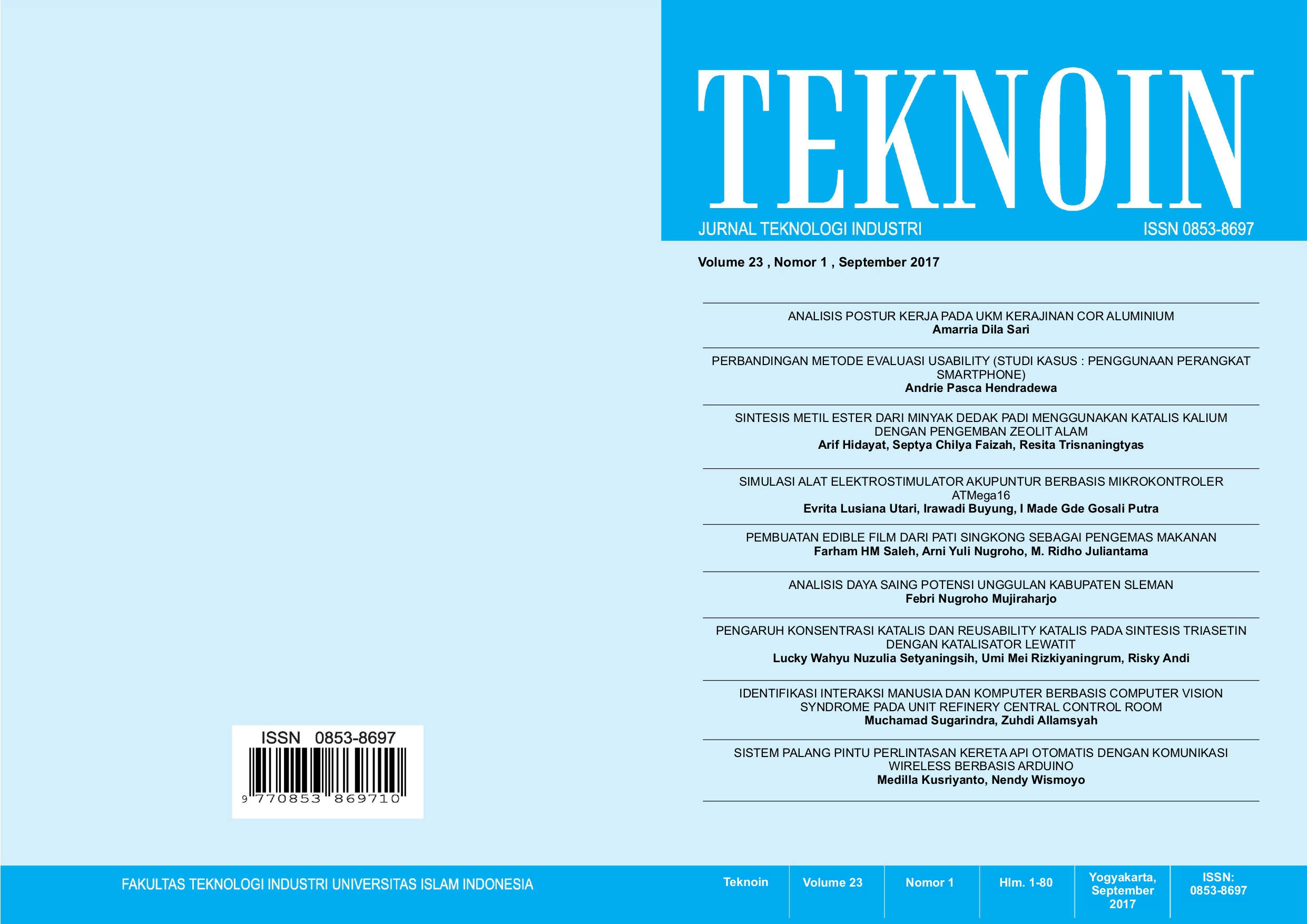Main Article Content
Abstract
Technology usage for elevating work productivity still cannot be separated from human control. Therefore, company performance will be affected by the operator’s quality. Computer interaction, as an example of technology used, is dominating the work performed. Continuous and repetitive used will affect the occupational health. Hence, it will increase the risk of Computer Vision Syndrome (CVS). Computer Vision Syndrome (CVS) is defined as a collection of symptoms related to eyes caused by computer usage and affected by several factors. Those factors can be divided into individual and external factors. The problem of this research is to determine whether there is a relationship between CVS with the internal and external factors. The type of research is non experimental quantitative with correlational research design and cross sectional approach. While the respondents are twelve operators of Refinery Central Control Room (RCCR). Spearman Rho test is used to find relationship among variables. The results from this research indicate that there is correlation between age and the resulting CVS symptoms with the value of p is 0,04 (p<0 05). But, there are no correlation between CVS and other factors (eye glasses, length of work duration, break time, eye sides distance). Not all internal and external factors have correlation with the accuracy of CVS. This Research shows correlation between internal factors and CVS. It was aging. Aging is degenerative processes which lower the body function periodically. Therefore, there are correlation between age and CVS. But, there are not for other factors.
Article Details
License
Authors who publish with this journal agree to the following terms:
- Authors retain copyright and grant the journal right of first publication with the work simultaneously licensed under a Creative Commons Attribution License that allows others to share the work with an acknowledgement of the work's authorship and initial publication in this journal.
- Authors are able to enter into separate, additional contractual arrangements for the non-exclusive distribution of the journal's published version of the work (e.g., post it to an institutional repository or publish it in a book), with an acknowledgement of its initial publication in this journal.
- Authors are permitted and encouraged to post their work online (e.g., in institutional repositories or on their website) prior to and during the submission process, as it can lead to productive exchanges, as well as earlier and greater citation of published work (See The Effect of Open Access).
